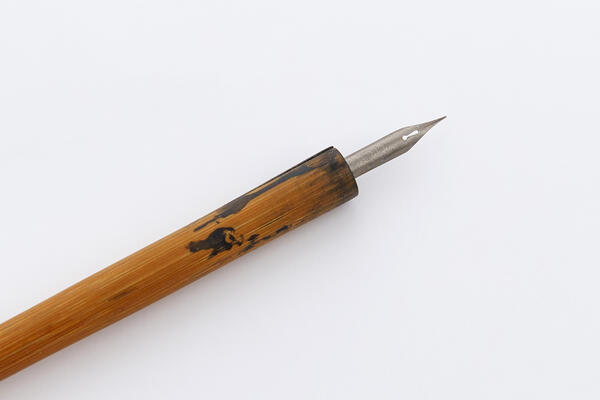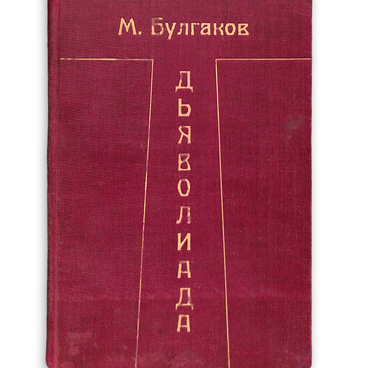Mikhail Bulgakov valued good stationery a lot. He carefully chose
quills, ink and paper. A fragment from a letter to his friend Pavel Popov on
October 26, 1931, suggests what strong emotions these items could evoke in the
writer,
Mikhail Bulgakov’s pen
…second: you killed me with the paper you write on! Oh, what good paper! And here, if you please, you see what sort of paper I have to write on! And what’s more — with a pencil.
My ink is positively a
nuisance. And if I were Mikhail Vasilyevich, I would have praised the writing
materials together with the glass in the same letter to Lieutenant-General I.
I. Shuvalov. ‘They are no less useful, no less beautiful! ’ And I, oh, how I
need them.
Mikhail Bulgakov used pen and ink to work on his texts, he liked to write drafts in writing books, making notes with red and blue pencils. He did not use a typewriter himself, but dictated his works to typists. While living in Bolshaya Pirogovskaya, from 1927 to 1934, Mikhail Afanasyevich wrote a lot. It was here that he began work on his novel about the devil in Soviet Moscow and later burned the first version in the furnace.
In his study Bulgakov worked on a biography of the French playwright Moliere, wrote and destroyed a draft of a novel about the theater, and worked on the plays “The Flight”, “Cabal of Hypocrites”, “Adam and Eve”, “Beatitude” and also wrote the story “To a Secret Friend”.
I
prepared a gift worthy of you…
When I returned to Moscow, he handed me this
notebook…
The story “To a Secret Friend” developed into the “Notes of a Dead Man” (“Theatrical Novel”) in the 1930s, and the play “Beatitude”, on which Bulgakov worked in Bolshaya Pirogovskaya, later evolved into the play “Ivan Vasilyevich”. After Bulgakov’s death, Leonid Gaidai made a movie based on it in 1973.



